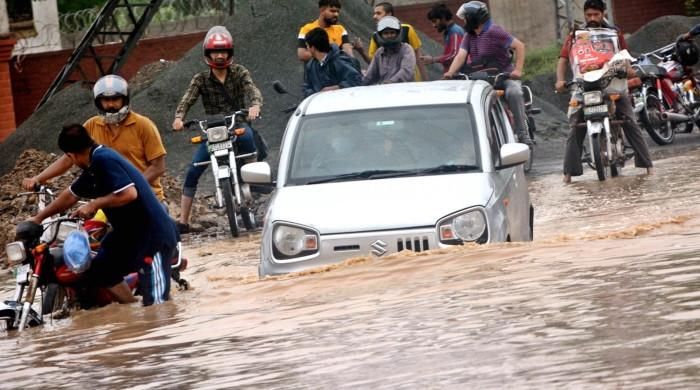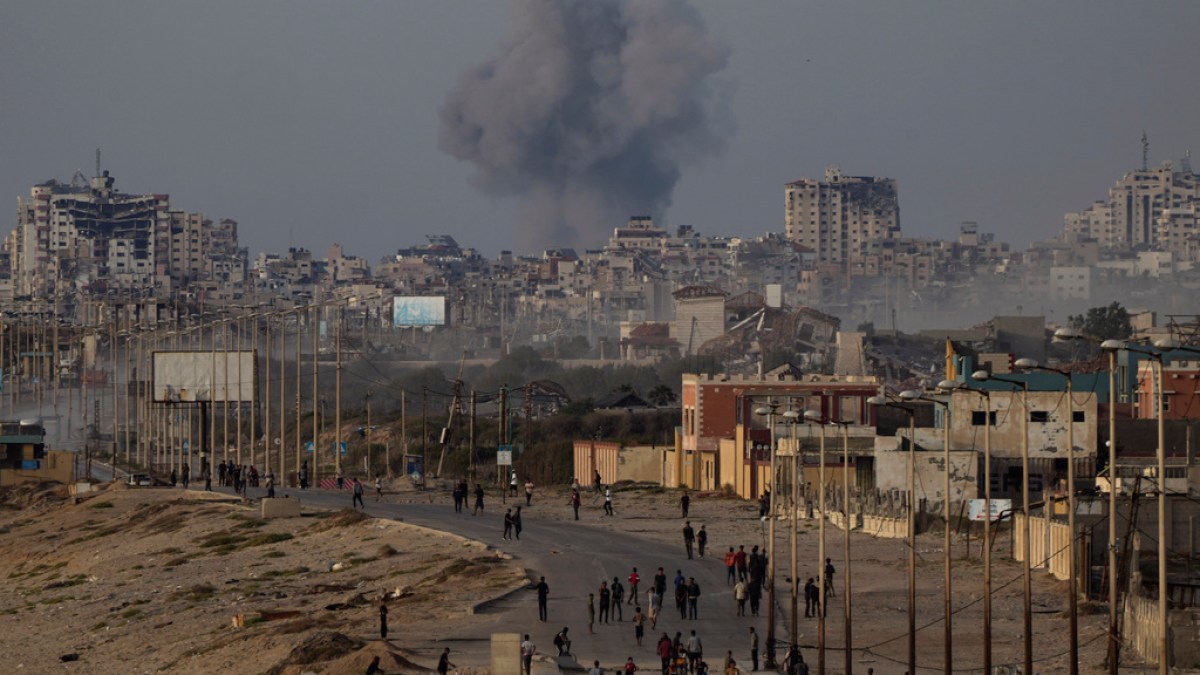- This month alone, dozens of people have died in India.
- Ninety-two children have died in Pakistan since July.
- KP villages warned of risk of glacial lake flooding.
NEW DELHI: Torrential storms lashing South Asia have killed hundreds of people since June, official data showed on Tuesday, with floods and landslides causing widespread devastation during the treacherous monsoon season.
Weather-related disasters are common during the monsoon season from June to September, but experts say climate change is increasing their frequency and severity.
The deaths include at least 250 in India, 171 in Nepal and 178 in Pakistan, according to official data from each country.
In India, just months after the country suffered its longest heatwave on record, fierce storms triggered widespread flooding and landslides, according to government weather experts.
The crushing heatwave in May and June saw temperatures in New Delhi equal the capital's previous record of 49.2 °C (120.5 °F) recorded in 2022.
Now the heat has been replaced by rain.
India's meteorological department warned this week of “heavy rains” across much of the southern and northeastern states.
Rescuers on Tuesday searched for two missing people after nine drowned when a surge of water swept through Una district in Himachal Pradesh state.
Witnesses saw a car being dragged like a toy through the swollen, muddy river.
“Several people tried to stop the car… as the current was increasing, but the car sped past and was soon swept away by the strong current,” Rajendra Kumar said.
Floods in the deserts
Dozens of people have died in India alone this month, while 200 people died in the southern state of Kerala last month when landslides hit villages and tea plantations.
In Nepal, 171 people have died since monsoon rains began in mid-June, including 109 in landslides.
According to the disaster authority, other deaths were caused by floods and lightning.
Searches continue in central Nepal's Chitwan district for two buses that were swept away by concrete barriers in a fast-flowing river on July 12, killing about 50 people.
Ninety-two children are among 178 people who have died in Pakistan since the rains came in July, with house collapses the leading cause of death, according to the National Disaster Management Authority.
In Khyber Pakhtunkhwa, mountain villages have been warned of the risk of glacial lake flooding this week as temperatures and humidity rise.
Monsoon rains across the region between June and September offer respite from the summer heat and are crucial for replenishing water supplies.
They are also vital to agriculture and therefore to the livelihoods of millions of farmers and the food security of South Asia's nearly two billion people.
India is the world's third-largest emitter of greenhouse gases but has pledged to achieve a net-zero emissions economy by 2070, two decades later than much of the industrialized West.
For now, it is overwhelmingly dependent on coal for power generation.
Pakistan, for its part, contributes less than 1% of global greenhouse gas emissions, yet is one of the countries most vulnerable to climate change.
In 2022, catastrophic flooding submerged a third of the country under water, killing more than 1,700 people, displacing 33 million and destroying thousands of homes.












